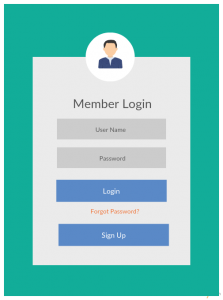Add Your Heading Text Here

Knowing what the future holds for you or your organisation allows you to make specific preparations for challenges ahead. In cybersecurity, threats seem to evolve every year. For instance, the year 2017 witnessed a series of ransomware such as wannacry and NotPetya.
The most devastating among them is wannacry. Wannacry relied on EternalBlue to affect thousands of corporate servers with vulnerable Microsoft’s Server Message Block (SMB) protocol.
As we gradually usher ourselves into a new year, companies have strong ambitions to improve and secure data infrastucture from automated ransomware and the likes. On the flip side, cybercriminals are in the business of developing advance and subtle forms of attacks to overcome your firewalls, DNSSEC, and other security perimeters on your network.
Our security engineers researched and analyzed two major potential threats companies and even start-ups might encounter in 2018. Some of these threats might come to pass due to certain changes developers and security engineers aim to implement to minimize cybercrime.
- Fraud – as a – Service Model: Similar to how your organisation purchase third-party software for specific task, cybercriminals such as script kiddies and those in need of quick cash-outs also purchase trojans, customized ransomware from the deep web. Thus, don’t expect cybercriminals to waste hours searching for flaws in your systems via scanners. Fraud-as-a-Service model is an advance way of phishing attacks likely to populate in 2017
- Malicious Web Mining: Hackers have recently discovered a new way of benefiting from a vulnerable website or a web portal. Have you heard of crypto mining? Crypto mining simply means reaping new cryptocoins by means of lengthy and complex calculations. Malicious miners do not encrypt user data or other related essentials but consumes victims’ computing power and electricity. Apart from consuming victim’s computing power and electricity, hackers do not need to infect websites or web portals with malware. Instead hackers upload scripts to vulnerable website that forces victims’ computers to mine money straight into their cryptowallet.
Stay alert and fix any vulnerable spots before the year 2018 arrives!!!
#ISA_informs
#ISA_ltd







